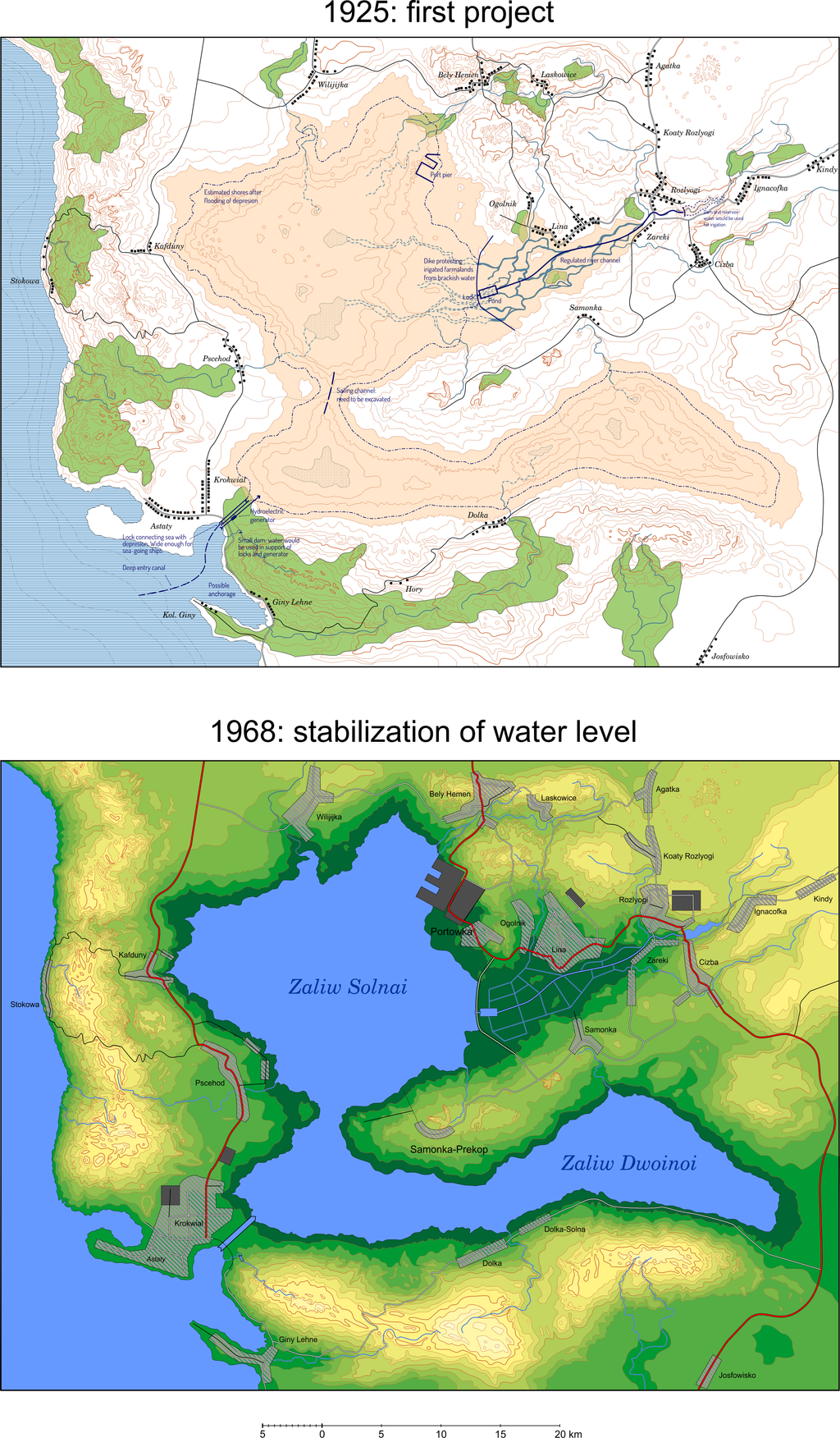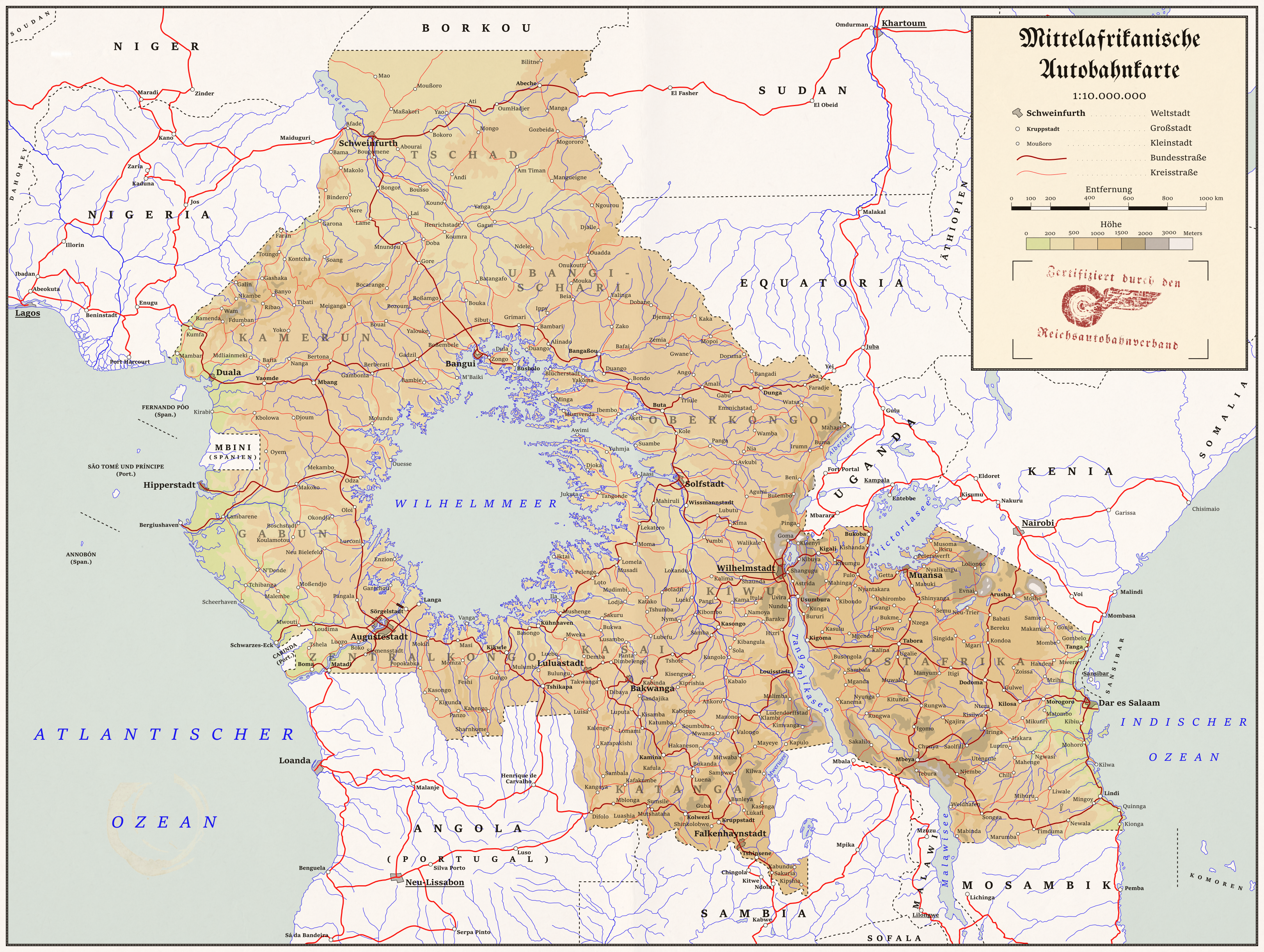Beedok:
The POD dates back to the Castilian War of Succession in (1475-1479 OTL), with France assisting the Portuguese Queen Juana much more than OTL. With Aragon squashed the French were more free in the Italian wars and managed to secure Naples. The HRE soon entered a stand off with the now more powerful France and over the course of centuries the Germanic nations and Romantic nations united against each other. The Germans still suffered from sever disorganisation though, shattered into hundreds of states, but that all changed in the mid 1700s with a massive revolution that united the Germanic World and set them on what the people felt was their path to global dominance. The war spared by this revolution saw them triumphantly capture Moscow and turn Russia into a (significantly declawed) republic as well. Against this might the Romantics turned to the Ottomans for aide, the only force able to balance the Germans gain of Russia. As the 19th century approached Europe began to engage in the world abroad in full force, both the Germans and the Romantics tried to overthrow China and gain that mighty jewel for themselves. They ended up driving China into a Warring States period and soon backed out when they realised the Chinese were still their technological equals and had serious numerical advantages. The French turned to Gorea and Siam though, looking now for allies rather than colonies, and they helped those nations industrialise to counter Russia's eastward expansion. The Germans tried to conquer India, but the Shah had seen what the Europeans had done in China and drove them off the subcontinent with force of numbers, only after the sever and uneven losses did the Indians realise their armies needed serious reform. The turned to the Ottomans for aide in exchange for assisting in taking apart Persia. The Shah's attempts at increasing centralisation was unpopular amongst Hindus who soon overthrew him and, for a while, cut India off from European influence. The 19th century ended in a massive conflagration which pushed the Germans into a position of dominance, but the post war era saw the successful testing of a Latin nuclear weapon in the Sahara and by the present date of 1948 an arms race is in full swing, with the Latins leading the way, followed closely by Germany. Gorea also has a substantial stockpile, convinced that China will attack.

The POD dates back to the Castilian War of Succession in (1475-1479 OTL), with France assisting the Portuguese Queen Juana much more than OTL. With Aragon squashed the French were more free in the Italian wars and managed to secure Naples. The HRE soon entered a stand off with the now more powerful France and over the course of centuries the Germanic nations and Romantic nations united against each other. The Germans still suffered from sever disorganisation though, shattered into hundreds of states, but that all changed in the mid 1700s with a massive revolution that united the Germanic World and set them on what the people felt was their path to global dominance. The war spared by this revolution saw them triumphantly capture Moscow and turn Russia into a (significantly declawed) republic as well. Against this might the Romantics turned to the Ottomans for aide, the only force able to balance the Germans gain of Russia. As the 19th century approached Europe began to engage in the world abroad in full force, both the Germans and the Romantics tried to overthrow China and gain that mighty jewel for themselves. They ended up driving China into a Warring States period and soon backed out when they realised the Chinese were still their technological equals and had serious numerical advantages. The French turned to Gorea and Siam though, looking now for allies rather than colonies, and they helped those nations industrialise to counter Russia's eastward expansion. The Germans tried to conquer India, but the Shah had seen what the Europeans had done in China and drove them off the subcontinent with force of numbers, only after the sever and uneven losses did the Indians realise their armies needed serious reform. The turned to the Ottomans for aide in exchange for assisting in taking apart Persia. The Shah's attempts at increasing centralisation was unpopular amongst Hindus who soon overthrew him and, for a while, cut India off from European influence. The 19th century ended in a massive conflagration which pushed the Germans into a position of dominance, but the post war era saw the successful testing of a Latin nuclear weapon in the Sahara and by the present date of 1948 an arms race is in full swing, with the Latins leading the way, followed closely by Germany. Gorea also has a substantial stockpile, convinced that China will attack.






